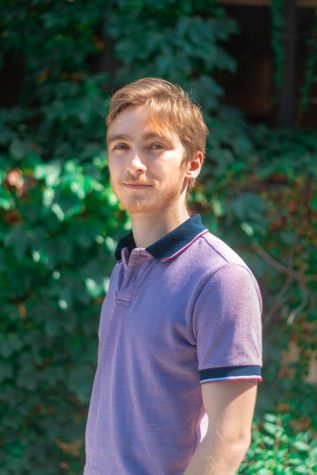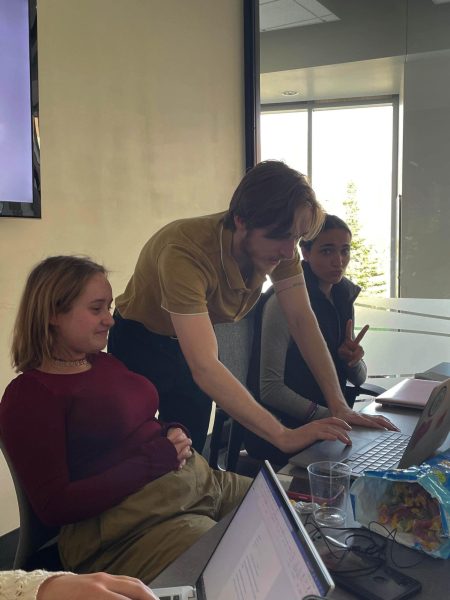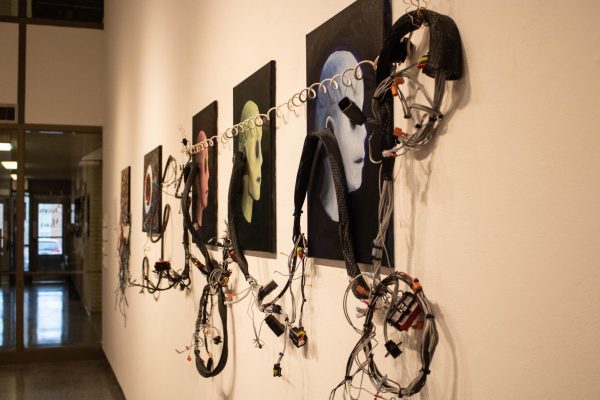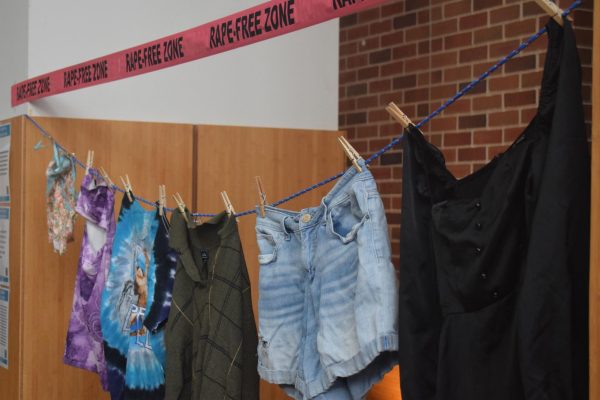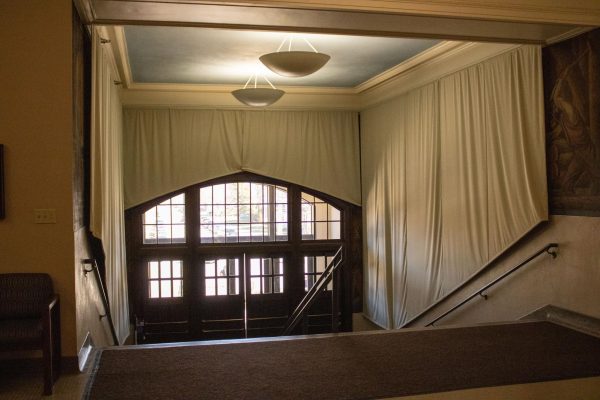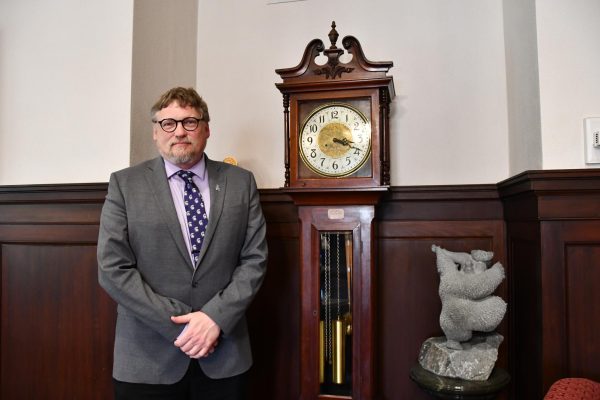Mass Communication Dept. Aims to Be ‘Future- Forward’
November 10, 2021
Winona State University’s Mass Communication (MCOM) Department is “future-forward,” utilizing new technology to prepare students for their future careers.
Patrick Lichty, the newest addition to the MCOM department, is an assistant professor for MCOM creative digital media as of Jan. 2021. Lichty previously worked at a virtual reality lab at Zayed University in Abu Dhabi, United Arab Emirates. Lichty teaches some core MCOM classes and supports the creative digital media minor classes. Lichty takes particular interest in the future of mass communications and plays a role in advancing the department.
“What we’re trying to do is we’re trying to look at how we can make Winona State Mass Communications a future-forward destination for students looking to go into mass communications,” Lichty said.
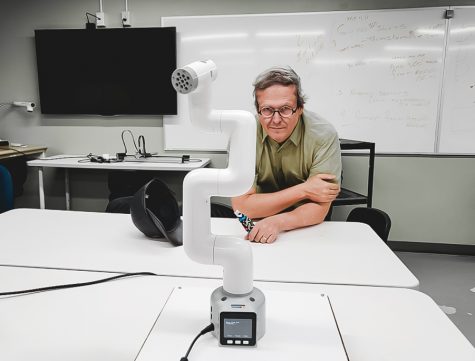
To help with this goal, the MCOM department offers lots of different technological opportunities for students to get experience with. Such as, various cameras and audio equipment, drones, virtual reality headsets, a 3D printer, a ground cam, and most recently, a robotic arm.
Lichty has been involved in the field of virtual reality for close to 20 years, and he stated that media is going towards the virtual realm, commenting that “VR [virtual reality] is getting bigger and bigger, augmented reality is probably going to hit in the next few years.”
Lichty continued, “I’m trying to impress on the students that radically new technologies are going to be coming out at an increasing pace and we need to be able to be agile adopters… There are two ways to look at new technology, on one hand,
this is something they will probably be encountering on the job. But on the other hand, what happens is this may be something they can take with them to their job.”
Lichty commented that he hopes that Winona State’s MCOM department can be leading in technology in the region.
Another, recently retired, professor that helped move the MCOM department into the future is Tom Grier. Grier worked as the director of public relations at Winona State for 18 years before working as a faculty member in the MCOM department for the last 16 years. Grier was the person who started the drone program at Winona State in 2014.
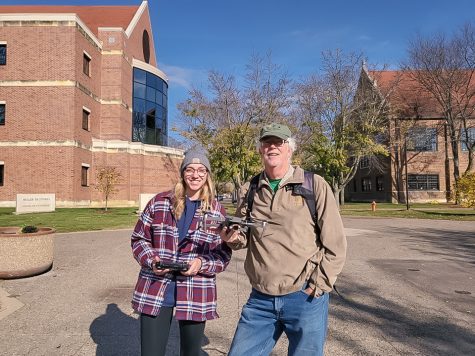
Although the university did not initially want to spend money on buying a drone, Grier, through a donation, was able to get the money to buy the first drone in 2014. After that, a class, “Experimental Visual Communication,” was created and two more drones were purchased for the course. Grier commented that he has always been interested in students having access to the “coolest, newest technology.” Currently, there are six drones at Winona State, including a first person drone piloted in VR.
“When I heard about drones being used for journalism, I went to the department in 2014, and I said, ‘We should have a drone, we should let students fly drones and learn how to get another way of looking at the day’s news.’ Then it became clear you could also use drones in public relations, in advertising, in any kind of creative digital project,” Grier said.
Grier commented how the MCOM department has always been following industry standards, upgrading and changing as needed.
“The industry is constantly changing and so we are always upgrading the way we teach it,” Grier said. “ When I first taught journalism it was words only, I mean it was writing. Then, very quickly in the 1990s, I started adding photography to my journalism courses, and then I started adding videography to my journalism courses. In the last four years that I taught journalism, I always worked drones into my class.”
Since Grier’s retirement, he commented that faculty in the MCOM department as a whole have been carrying forward and recognizing the power of technology and software. Grier also emphasized how technology is to aid in storytelling, stating, “Technology in service to story.”
Lichty echoed this sentiment by saying, “Communications is still communications, it’s still about good content and a compelling story.”























































